We provide over 100+ FREE crypto articles on our SubStack! :D (Link on our profile). This is not financial advice.
TLDR:
Money accrues value either from the material used to make it (e.g. weight and price of gold coin) or by the power of the state (e.g. central bank). They differ in monetary policy. To legitimise money using the power of the state, there is a 3-step process. Bitcoin is on its path to becoming a powerful money with the 3-step process.
General Conclusion
You've probably heard enough about the whole argument of "money used to be gold". In this episode, we will uncover the fundamentals of how money accrues value from 2 perspectives — metallism and chartalism.
There are plenty of research and papers talking about the justification of value. From Bretton Woods to equation of exchange explanations, this episode will take a more fundamental view of money. After all, economics design is about understanding the basic fundamentals of an economy so we can build upon them.
1. Metalism vs Chartalism
1 penny is worth 1 cent on its face value. But if you melt that penny into its copper and nickel material, it is worth 1.5 cents in 2016. That difference in value of the penny is the difference between metalism and chartalism.
Metallist money is where the thing has value in its own rights. That is the value of copper in that coin, 1.5 cents.
Chartalist money is where the thing represents value. That is the face value of the penny, 1 cent.
In metalist money, money only serves the function of a medium of exchange. Chartalist money has 2 other functions, unit of account and means of payment. Chartalist money has a balance sheet function. Why? Money (asset) is generated from debts (liabilities).
Why is this important?
- Different monetary policy approaches to the different money
- How these 2 money both exists in our international economy today (IMF's special drawing rights VS sovereign currencies)
- Money being an independent vs dependent thing
2. 3-Steps to Legitimising Money
What is legitmise money? That is when money has a stamp by the central bank as legal tender.
Here, we are not asking the what. We are asking the HOW. How to legitimise money.
- Step 1: social debt obligations via taxes
- Step 2: social and legal contracts
- Step 3: credit system
Even when we have legitimate money, there is still a hierarchy of money. This is important when it comes to international trade.
3. Application to Bitcoin
Bitcoin moved from metallist money (pre-2016 period) to chartalist money (especially post-mining). Following the 3-step process, we also observe a boom in credit infrastructure compared to 2009.
Notable credit infrastructure (step 3) in the Bitcoin ecosystem:
- wBTC and pTokens that are ERC-20 tokens, used in the ethereum defi platforms
- Atomic loans to lock Bitcoin in an escrow and borrow DAI and USDC
- Ren provides access to intern-blockchain liquidity in Dapps
- Various other fiat on-ramp to allow for btc as payment like Carbon Fiber and Moonpay
- Lightning network to enable instant payment
What Does this Mean
The future of money could go in at least 3 ways:
- Public Money by Central Bank (Government)
- Private Money by Companies (Facebook)
- Private Money by Machine (Bitcoin’s code)
These systems can all coexist at the same time. It is perhaps high time for us to think of a new monetary world order. E.g. money based on geography (money #1), money based on corporate power (money #2), money based on ideologies (money #3).
[link] [comments]

You can get bonuses upto $100 FREE BONUS when you:
💰 Install these recommended apps:
💲 SocialGood - 100% Crypto Back on Everyday Shopping
💲 xPortal - The DeFi For The Next Billion
💲 CryptoTab Browser - Lightweight, fast, and ready to mine!
💰 Register on these recommended exchanges:
🟡 Binance🟡 Bitfinex🟡 Bitmart🟡 Bittrex🟡 Bitget
🟡 CoinEx🟡 Crypto.com🟡 Gate.io🟡 Huobi🟡 Kucoin.
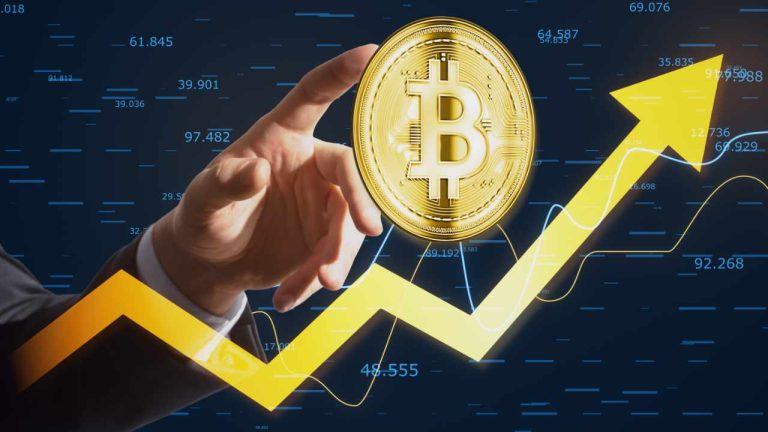
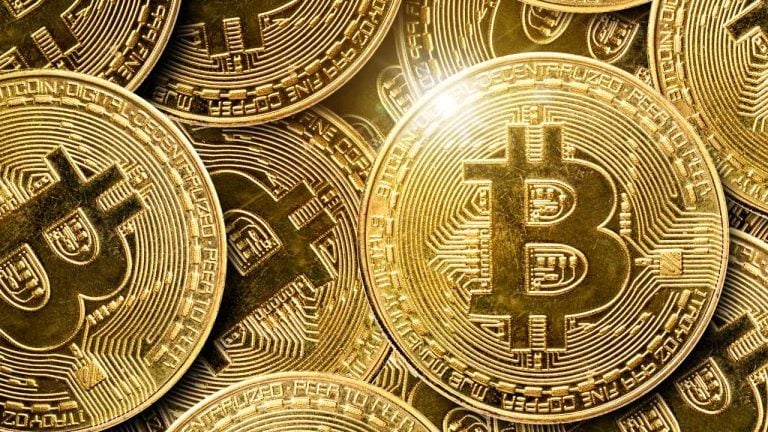
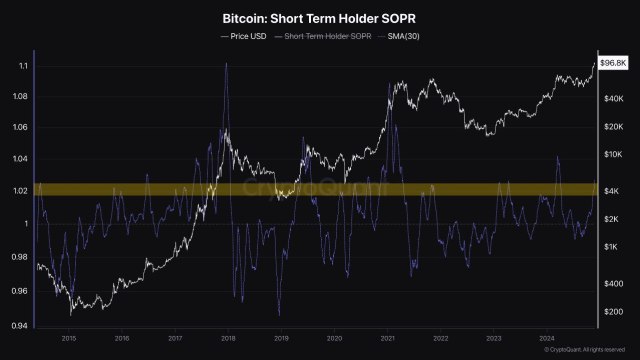
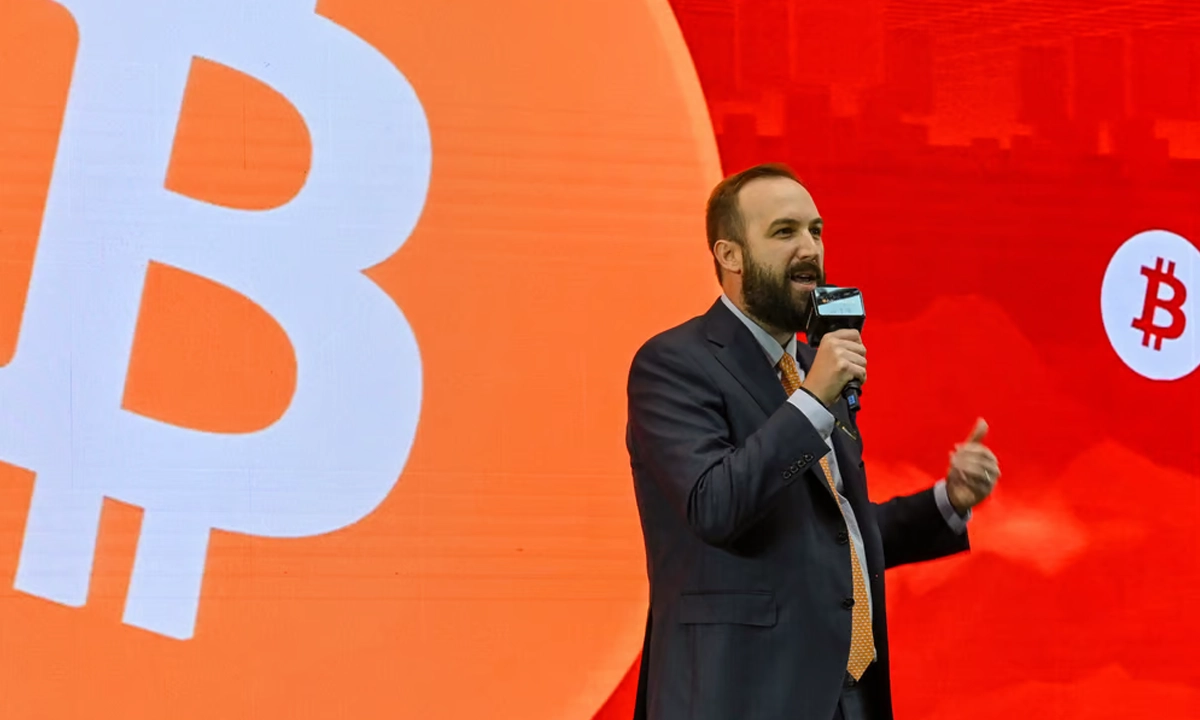
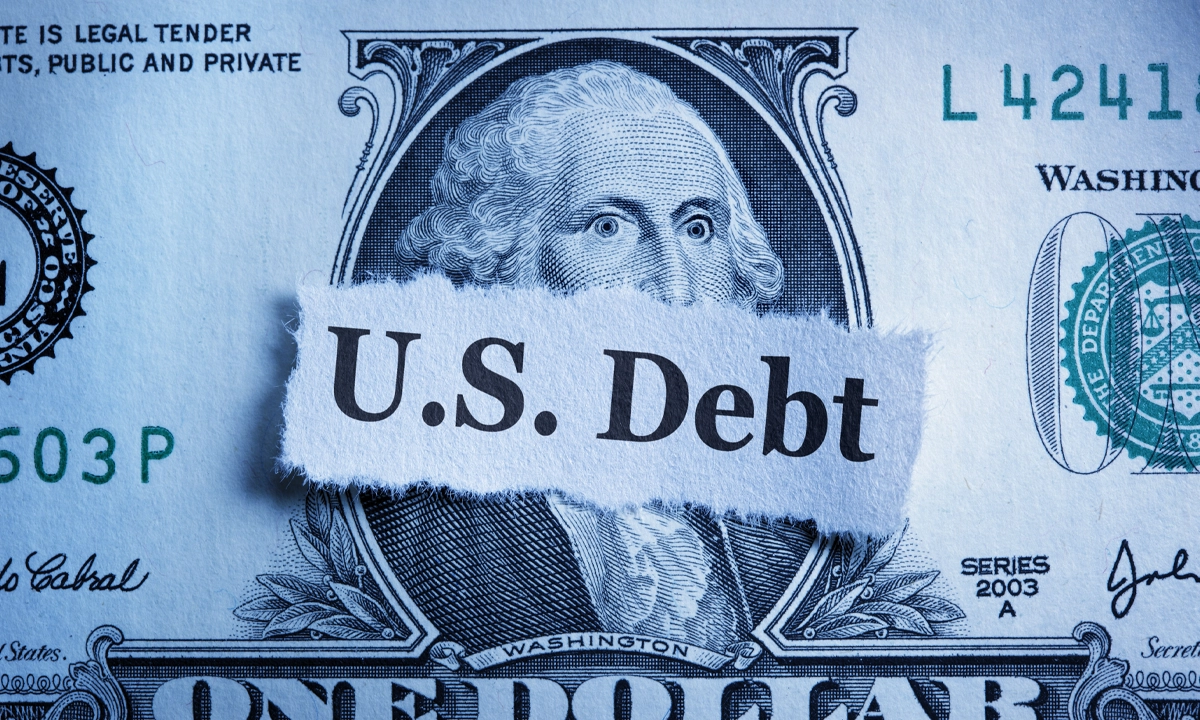

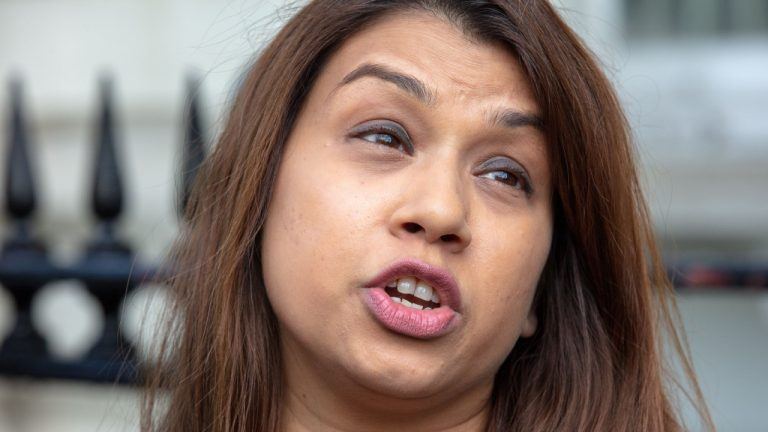
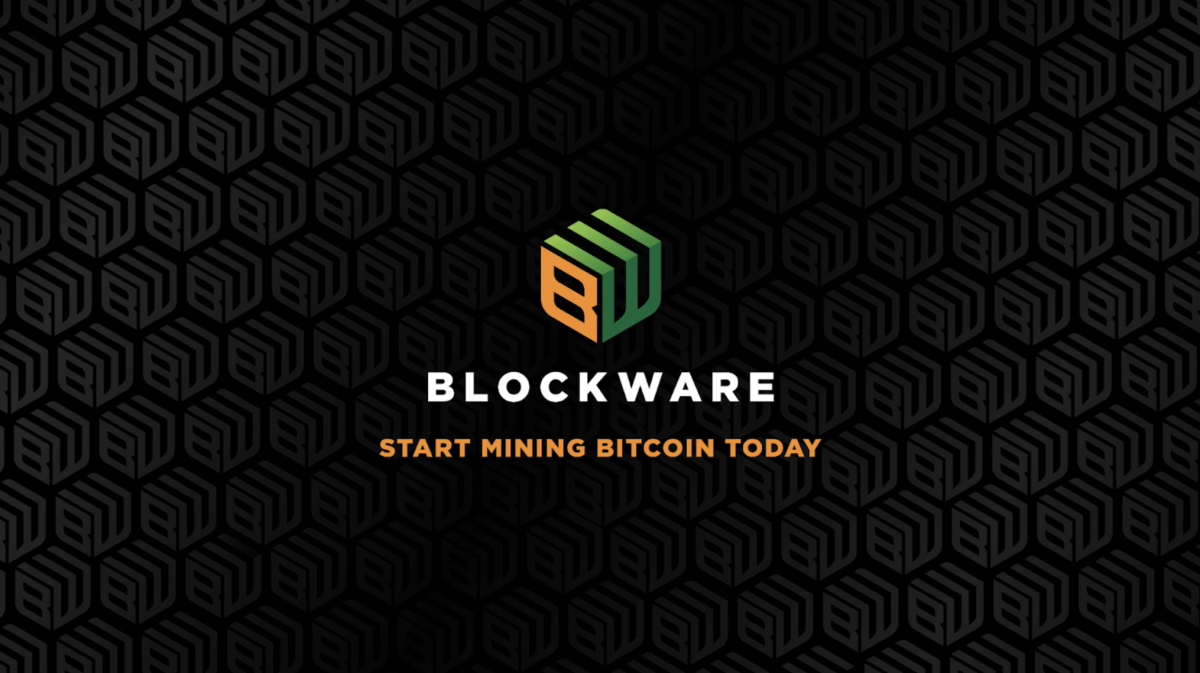
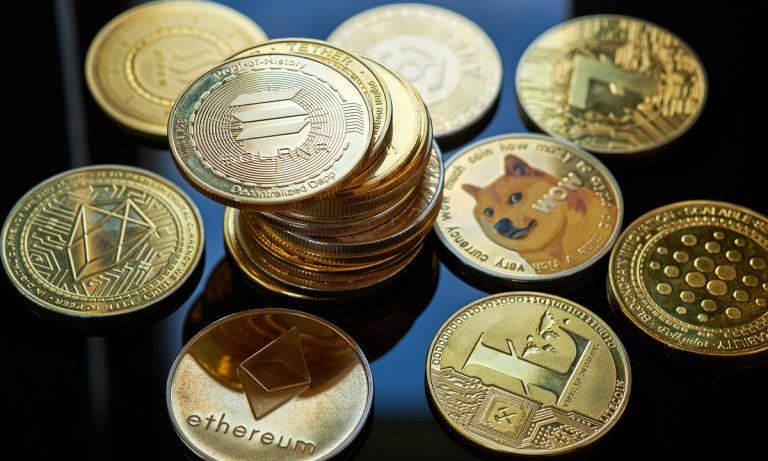

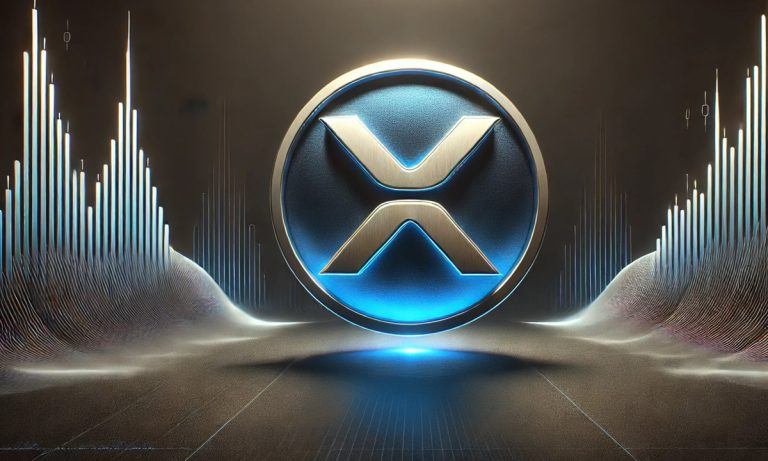
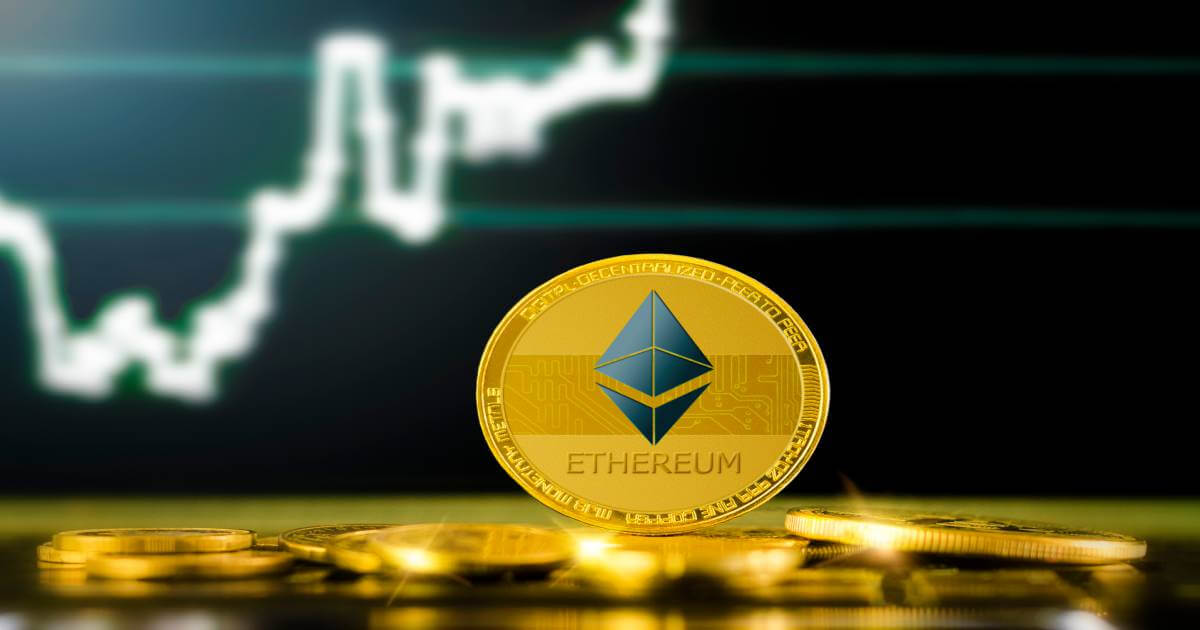

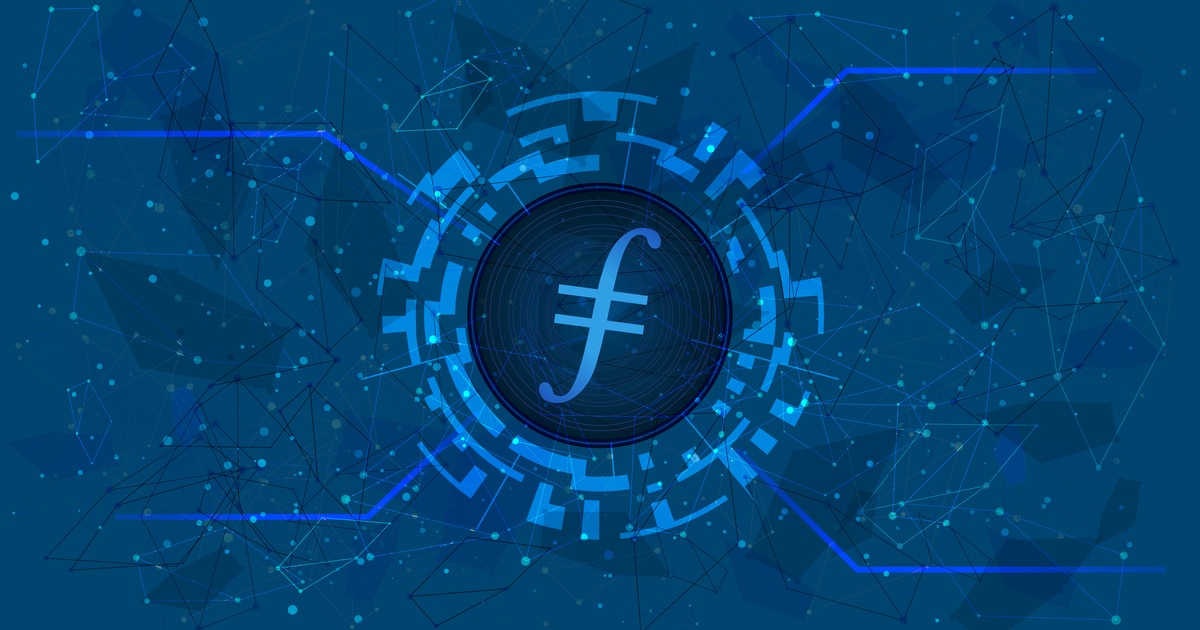





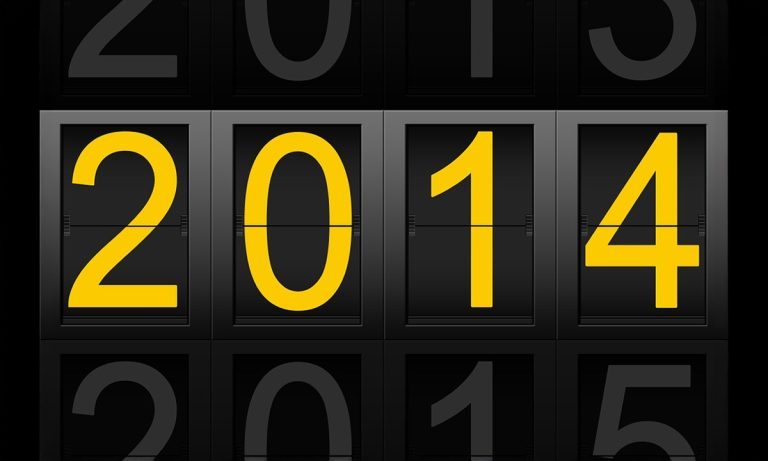
Comments